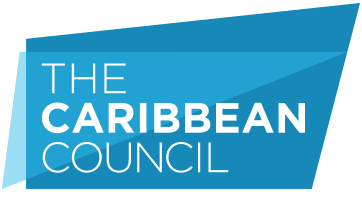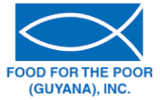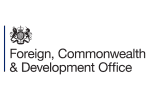Photo by Yifan Wu
29th November 2021
Cuba’s Minister of Tourism, Juan Carlos García, has said that the country is committed to developing responsible tourism, in which the health and safety of all visitors and Cubans is prioritised.
Speaking to locally based tour operators about the reopening of the country’s airports, ports, and hotels for tourism, García said that all airports except Cayo Largo del Sur were open as were the country’s three cruise terminals and 10 marinas. In addition, some 4,000 new hotel rooms were available, and the country’s cultural offerings, excursions and other facilities for nature and nautical tourism were all gradually reopening. García also noted that once Cuba’s vaccines are formally certified by the World Health Organisation, details of the availability of an immunisation programme for travellers will be announced.
In his remarks the Minister highlighted the work that the sector had undertaken during the pandemic when most hotels were closed. There had been, he said, significant improvements to connectivity and wi-fi technology in hotels and in other visitor locations enabling payment through QR codes, online booking for accommodation, and the possibility of reserving other tourist related services on-line. García also noted that tourism related fleets of vehicles had been updated and prepaid cards in freely convertible currencies were now available for travellers’ use within the country.
His remarks follow others by officials describing the ‘Safer and More Hygienic Tourism Programme’ developed by Cuba’s Tourism and Health Ministries. This requires all state and private tourist facilities to meet 205 criteria of which 40 are critical if the facility is to be certified for visitor use. According to the Ministry of Tourism, the process involves rigorous annual inspection by experts and is intended to guarantee the safety and health of clients and workers in relation to the pandemic and other transmissible diseases.
Many of Cuba’s hotel groups have additionally said that to ensure client safety they are limiting occupancy rates. The Gran Caribe hotel group said that its hotels will have a maximum of 60% to 80% occupancy depending on the nature of the property, and that new approaches have been designed to ensure both client satisfaction and profitability at lower sales levels.
More generally, Cuba’s tourism sector is expected to open gradually, responding to increasing demand. It will be a “controlled and staggered” reopening according to the Ministry. García was
quoted by Cubadebate as saying that it will be a challenge to win back customers and reposition the Cuban tourism product. Observing that although it was unlikely that country would be full on the date that tourism reopened (15 November) he told tour operator representatives “but we estimate that we can have an early winter”.
Much will also depend on the return of air and sealift. Cuba’s Ministry of Transportation had said that it anticipates that by the end of the year flight numbers will peak at 400 a week, and that cruise arrivals will begin in December with three ships including Cuban ports in their itineraries. It is also hoping to encourage home porting.
According to Aruba-based Tourism Analytics, Cuba received 23,144 international stopover visitors this October, or 37% more than the 16,898 international visitors it received in September 2021. Citing the Cuban Government’s Office of National Statistics and Information (ONEI), it noted that the October 2021 figures were just 9.8% of the 235,613 international visitors Cuba received in October 2019. Cuba closed its borders to international tourist arrivals on 20 March 2020 and consequently received just 3,335 international stopovers in October 2020.
Tourism Analytics noted that in the first ten months of 2021, Cuba saw 203,806 stopovers, just 5.7% of the 3,563,005 international visitors received in the first ten months of 2019. Cuba’s number one source market in the first ten months of 2021 was Russia with 121,949 stopovers, making up 59.8% of all arrivals, up from just 6.4% of all such arrivals in the first ten months of 2020. Cuba has said that it now expects to receive around 0.1mn more visitors before the end of 2021 and to end the year with an overall arrivals figure of around 0.3mn. In 2020 Cuba received a total of 4.3mn visitors. Tourism Analytics region wide reporting can be found at tourismanalytics.com
The Caribbean Council is able to provide further detail about all of the stories in Cuba Briefing. If you would like a more detailed insight into any of the content of today’s issue, please get in touch.





